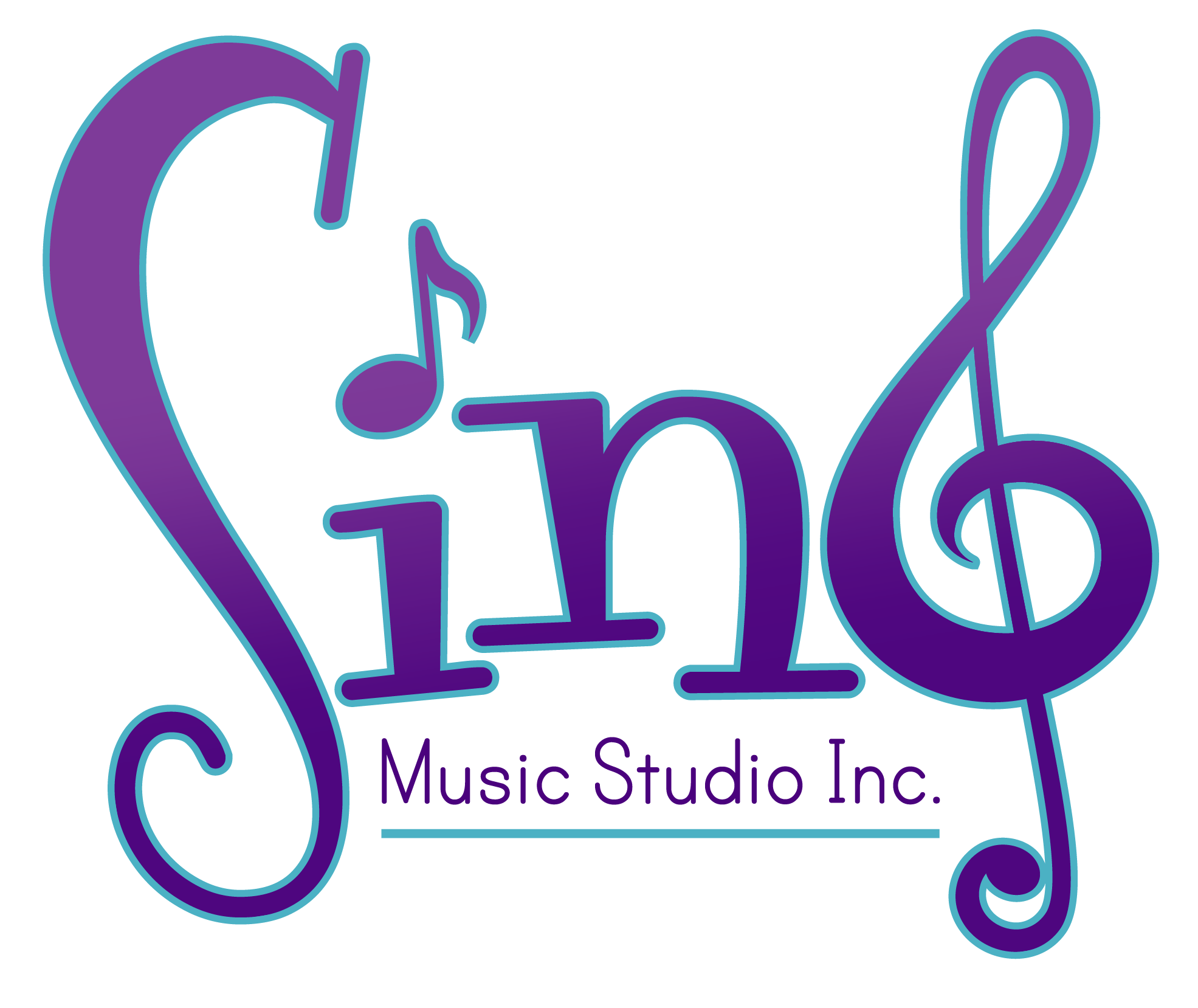Becoming a parent means becoming a teacher—as in your child’s first and best teacher. But it also means becoming a student. Children teach us how to move and sound like a garbage truck, an airplane zooming in the sky, popcorn popping in the microwave, or even how to spin around in a circle faster than fast pretending to be a whirlpool. (Most of us need help learning how not to feel queasy after that one!)
Supporting your child’s expressive movement helps connect the outer world of movement and sound with the inner world of feelings and observations. In class each week, when we dance around the room in time to the music, reach for a star in the night, or spread our robin wings and fly in search of food, your child taps into a growing imagination and experiences support for early artistic expressions.
Everyday Connection: Take a Bird Bath. Expressive movement isn’t just for class. Tap into your child’s imagination during bath time. After feeding all those baby birds in class, your little robin needs a bath. How would a robin (gently) splash in the water, wash the dirt from feathers, or even fly around the room to dry off?

